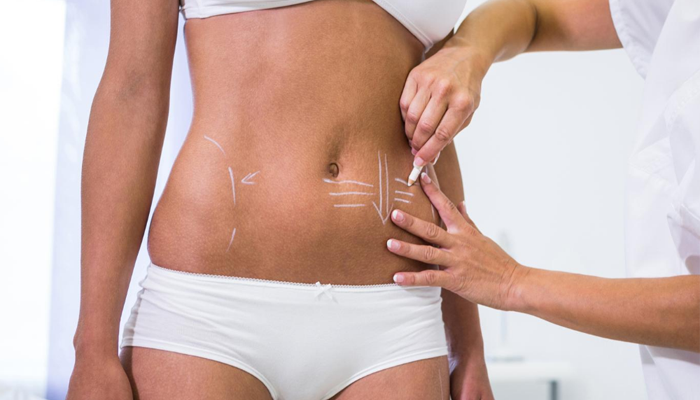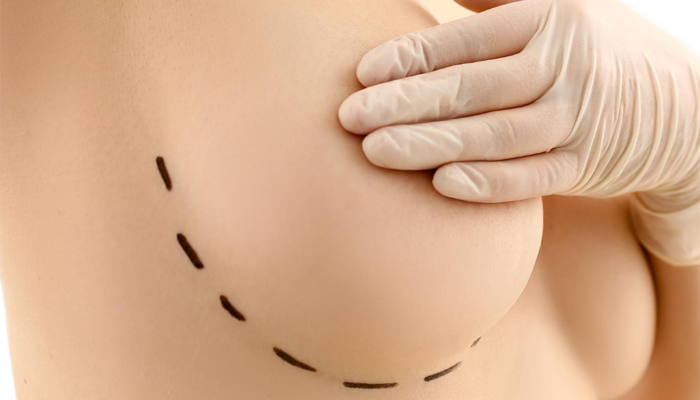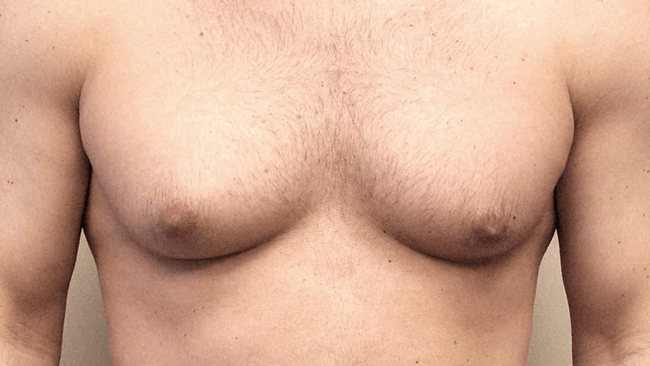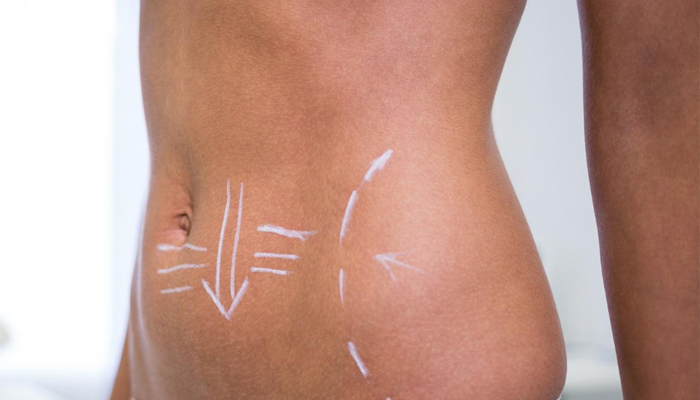Plastic Surgery
About Aesthetic, Plastic and Reconstructive Procedures
Deals with plastic surgery, aesthetic and reconstructive surgery (renovation surgery). Cosmetic surgery reshapes the normal body structures and develops the appearance of the individual and his perception of himself. Reconstructive surgery is applied on abnormal body structures that were formed in connection with the birth or those that have appeared afterward, and its initial purpose is to recover the functions of the body structures that are affected as much as possible.
1) Application Areas Of Aesthetic – Cosmetic Interferences
- Nose deformations
- Deformations of facial bones
- Deformations of the jaw bone
- Excessive lipidosis in the abdomen, legs, and arms, irregularities in fat accumulation
- Disproportions in the breast (largeness-smallness) and sagging breasts
- Skin problems: wrinkles, undesired blots, and tattoos, traces
- Aging of the face: sagging, wrinkling of the skin and muscles of the face-neck
- Lower-upper eyelid sagging
2) Reconstruction Of Congenital Deficiencies And Developmental Abnormalities
- Birthmarks, nevus, hemangiomas
- Abnormal breast development
- Cleft lip and palate
- Hand, finger and arm anomalies
- Face, facial bones and skull anomalies
- Flap-ear and other ear anomalies
- Urogenital system development anomalies in males and females
3) Reconstruction Of Anomalies That Are Developed Because of Trauma Or Diseases
- Incisions, scars
- Treatment of burns and burn sequelae
- Soft tissue injuries
- Cancer surgery and reconstruction in the head, neck, body, and extremities
- Losses and deformities in the breast that is gained after cancer or injuries
- Non-healing injuries, bed compression injuries
- Emergency finger, hand and arm injuries, losses
- Jaw injuries, fractures, jaw joint disorders
- Facial bone fractures, face injuries, facial paralysis
- Eyelid injuries or disorders that prevent vision
- All types of soft tissue deficiencies that are formed after accidents
Aesthetic Nasal Surgery – Rhinoplasty
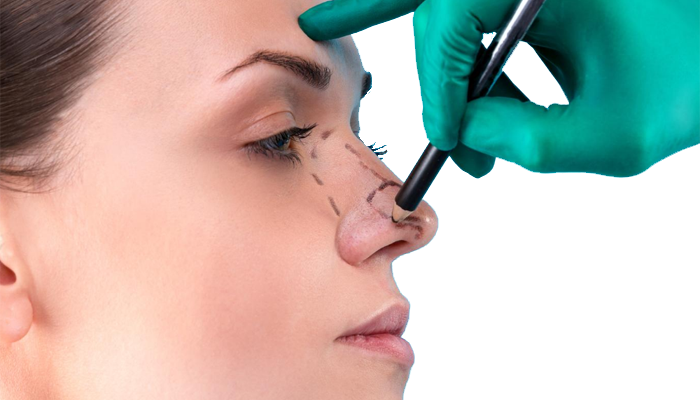 Performed Surgical Interference: Reconstruction of the nose by making it smaller or bigger. Nose hump correction, nostril reduction, and nose tip refinement and reshaping. In the meantime, correction of the septum deviations that are available.
Performed Surgical Interference: Reconstruction of the nose by making it smaller or bigger. Nose hump correction, nostril reduction, and nose tip refinement and reshaping. In the meantime, correction of the septum deviations that are available.
- Duration of operation: 1-3 hours
- Anesthesia conditions: General anesthesia
- Hospitalization: 0 – 1 day
- Possible ailments: Swelling around the eye, bruises, temporary headache, and small leakages in the first 2 days
- Risks: Irregularities that may require revision
Healing period:
- There will be a tampon in the nose for 48 hours after the operation, nose plaster is used in the first 1 week, and nose bandage is used in the second week
- Return to work: 1-2 weeks
- Severe exercise: 2-3 weeks
- Not to wear eyeglasses – protection from strokes for 8 weeks
- Complete disappearance of swellings: 2 months
- Final form of the nose that will not change: 1 year
Fat Removal – Liposuction
- Performed Surgical Interference: Shaping of the body by suction of the surplus fat tissues that are resistant towards exercise and diet. Areas where the procedure is most frequently performed: hips, abdomen and its perimeter, legs, arms, neck-gill
- Duration of operation: Generally 1- 2 hours, occasionally 3 hours
- Anesthesia conditions: General anesthesia, local or epidural anesthesia
- Hospitalization: Patients do not generally stay at the hospital or they may stay for 1 day
- Possible ailments: Temporary bruises, swelling, sensitivity or loss of sensation
- Risks: Asymmetry, irregularities in the skin, application of excessive amounts of fluid or loss of fluid in excessive amounts
Healing period:
- Healing period: various corsets are worn according to the size of the area where liposuction is performed
- Return to work: 1-2 weeks
- Severe exercise: 3-4 weeks
- Complete disappearance of swellings and bruises: 1-6 months
- Diet and exercise programs must be applied
Breast Augmentation
- Performed Surgical Interference: Beautification of the sizes and shapes of the breasts via various types of breast prosthesis
- Duration of operation: 40 minutes -2 hours
- Anesthesia conditions: General anesthesia or local anesthesia under sedation
- Hospitalization: Generally not necessary, 0-1 day
- Possible ailments: Temporary ache, swelling, temporary decrease in the sense of the nipple. Sensitivity in the breast towards touching for several weeks
- Risks: Formation of a stiff sheath around the prosthesis that is in the breast (capsular contracture), general surgical risks such as bleeding and infection, increase or decrease in the sensitivity of the nipple, may require an experienced radiologist on the subject in the subsequent mammographies
Healing period:
- Return to work: 1-3 work
- Physical contact with the breasts in 2-3 weeks, during this period sports bra is worn
- Fading of marks: 2-4 months
Mastoplexy
- Performed Surgical Interference: Lifting and reshaping of the sagging breasts and nipples
- Duration of operation: 1- 3 hours
- Anesthesia conditions: General anesthesia or local anesthesia under sedation in very restricted interferences
- Hospitalization: Generally 1 day, no overnight stay in small interferences.
- Possible ailments: Temporary bruises, swelling, loss of sensitivity, temporary drying in the skin, operation marks
- Risks: Marks becoming distinctive, infection, skin damages, asymmetry in nipples, loss of sensitivity in the skin
Healing period:
- Post operation, bandage, and bra are worn until the healing at the suture areas.
- Return to work: 1-2 weeks
- Severe exercise: 1 month
- Fading of marks: several months-1 year
About Gynecomastia Surgery
(MALE BREAST REDUCTION)
Gynecomastia (guy-nuh-koh-MAS-tee-uh) is swelling of the breast tissue in boys or men, caused by an imbalance of the hormones estrogen and testosterone. Gynecomastia can affect one or both breasts, sometimes unevenly. Newborns, boys going through puberty and older men may develop gynecomastia as a result of normal changes in hormone levels, though other causes also exist.
Generally, gynecomastia isn’t a serious problem, but it can be tough to cope with the condition. Men and boys with gynecomastia sometimes have pain in their breasts and may feel embarrassed.
Gynecomastia may go away on its own. If it persists, medication or surgery may help.
Abdominoplasty
- Performed Surgical Interference: Removal of the surplus fat and skin that are occurred in the abdomen and tummy area plus thinning and compression of the abdominal wall
- Duration of operation: 2 hours – 3 hours
- Anesthesia conditions: General anesthesia
- Hospitalization: Duration of hospitalization varies according to the condition of the patient and the duration of the operation. 2 – 4 days
- Possible ailments: Temporary pain, swelling, sensitivity, and bruises that may remain for several weeks on the skin of the abdomen
- Risks: Infection, bleeding under the skin, scar being significant because of bad healing and skin damage
Healing period:
- Return to work: 2-4 weeks, the corset is worn during this period
- Severe exercise: 4-6 weeks
- Period required for the marks to become flat and indistinct: 3 months – 2 years

